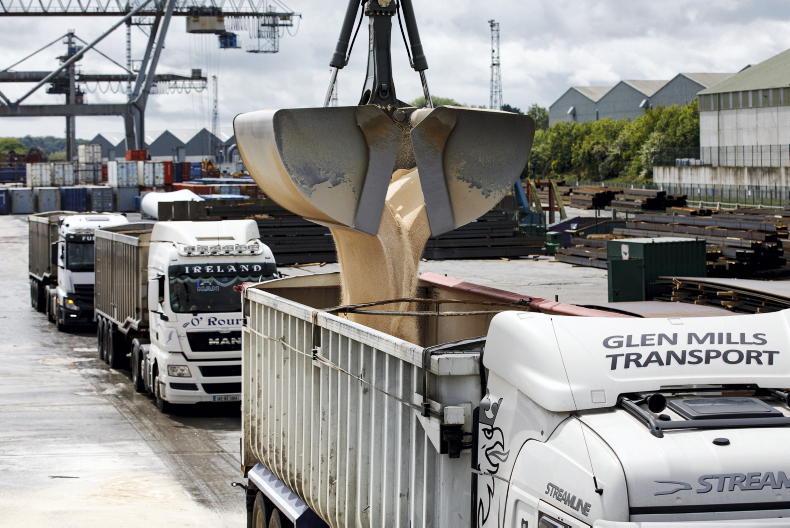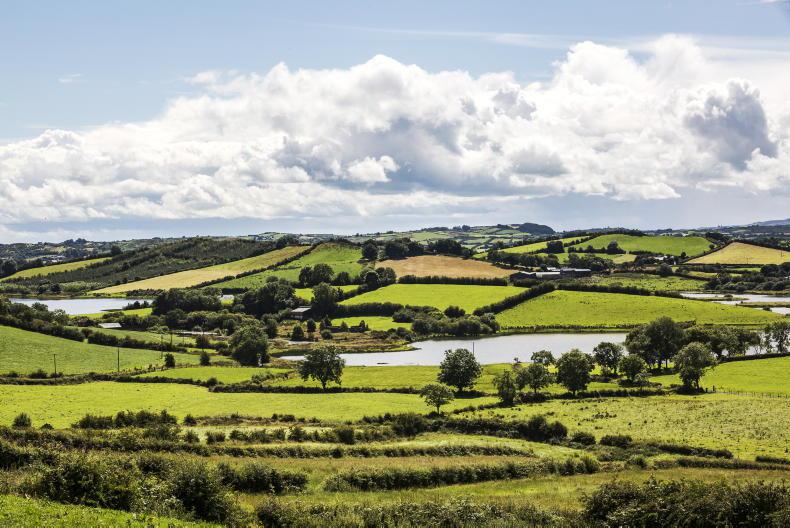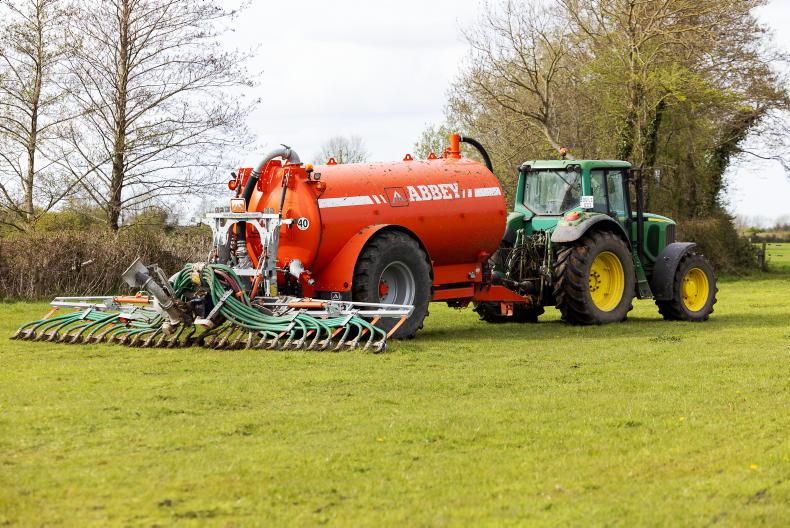A delegation from the Environmental Protection Agency (EPA) has defended as sound science a map outlining areas it maintains will need a maximum derogation stocking rate cut to 220kg organic N/ha in 2024.
EPA director, Eimear Cotter, told the Oireachtas Committee on Agriculture on Wednesday that the agency stuck to the four conditions a waterbody must meet to be allowed to remain at 250kg N/ha when drawing up the maps, as was agreed between the Department of Agriculture and the European Commission last year.
TDs and senators questioned the methodology used by the EPA to compile the map, why a derogation cut could follow apparently stable nitrates trends and why some relatively lowly stocked catchments were in the 250kg N/ha firing line.
The EPA officials stated that an extensively stocked area, like Leitrim, could fall into the 220kg N/ha zone due to phosphorus issues, and repeatedly argued that it had performed the tasks assigned to it when the derogation was agreed between Ireland and the Commission.
Another area committee members claimed “confused” the map was why the Timoleague catchment in west Cork was excluded from the red zone, despite having one of the highest concentrations of derogation dairy farmers in the country.
The red-zone map submitted by the agency to the Department is not necessarily the exact map that will be used for the Commission in its final decision, as a more comprehensive set of water quality testing results could see more areas excluded from stocking rates of 250kg N/ha.
The frequency of testing across the country’s approximate 3,200 waterbodies came under scrutiny from TDs and senators.
There are only 179 rivers in the EPA’s surveillance network – which have monthly water nutrient monitoring – while around 2,200 rivers get nutrient-tested only four times yearly.
IFA hits out at ‘flaws’
The IFA also appeared before the committee on Wednesday and claimed to have identified five “flaws” with the approach taken in the EPA’s water quality review.
These included arguments that data collected from estuaries is not specific enough to determine stocking rate policies, that a comparison between only two years of data is not enough to base the derogation decision on and that more time is needed for new measures to impact water quality results.
The red-zone map submitted by the agency to the Department is not necessarily the exact map that will be used for the Commission in its final decision
It also stated that the water quality impact of a cut to 220kg N/ha would be “variable and inconsistent”.
This week, Minister for Agriculture Charlie McConalogue announced that Commission officials had been invited to Ireland to “see actions being taken on the ground”.
Farming organisations have until the end of July to come forward with ideas on the flexibilities that should be sought from Brussels on the decision around a cut to the derogation at a meeting of the Agriculture Water Quality Working group.
The agriculture committee chair, Jackie Cahill, concluded that the committee will make a written submission on the changes to the derogation to the minister.










SHARING OPTIONS